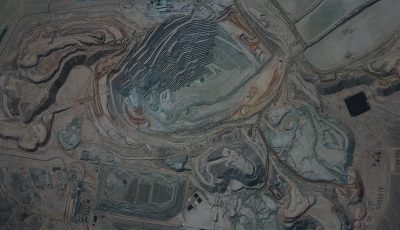Circular economy strategies offer promise to address the current greenhouse gas emissions gap towards limiting global warming to 1.5°C. Addressing climate change, excessive resource extraction and waste generation in parallel opens a suite of economically viable mitigation options, which have received little attention so far. These were the topics of a dinner salon at the UNFCCC negotiations in Bonn.
Although metabolic approaches and circular economy strategies have been embraced by frontrunner businesses and subnational actors, especially cities, they have not been examined in much detail for international policy development or the opportunities for the negotiations under the UNFCCC.
At the dinner salon Circle Economy and Shifting paradigms revealed new research and analysis on the relation between global resource use, waste production and greenhouse gas emissions, and provided examples of circular economy strategies with high mitigation potential. With 67% of global greenhouse gas emission related to material management, circular economy strategies have a major mitigation potential but they are mostly absent from the climate ambitions and policies expressed in Nationally Determined Contributions, Low Emission Development Strategies or compliance and voluntary offset programmes. The dinner aimed to get circular economy on the radar of negotiators and international development organisations, and developing a first understanding of the opportunities for the architecture of the Paris Agreement.
The presentation was followed by a very engaged discussion amongst the participants touching upon policy options, opportunities for article 6, the transparency mechanism and increasing ambition under the Paris Agreement, the business merits of the circular economy, and the anticipated scarcity of some of the elements in the periodic table.
The presentation can be downloaded here.
Client: Stanley Foundation
Partners: Circle Economy
2017



